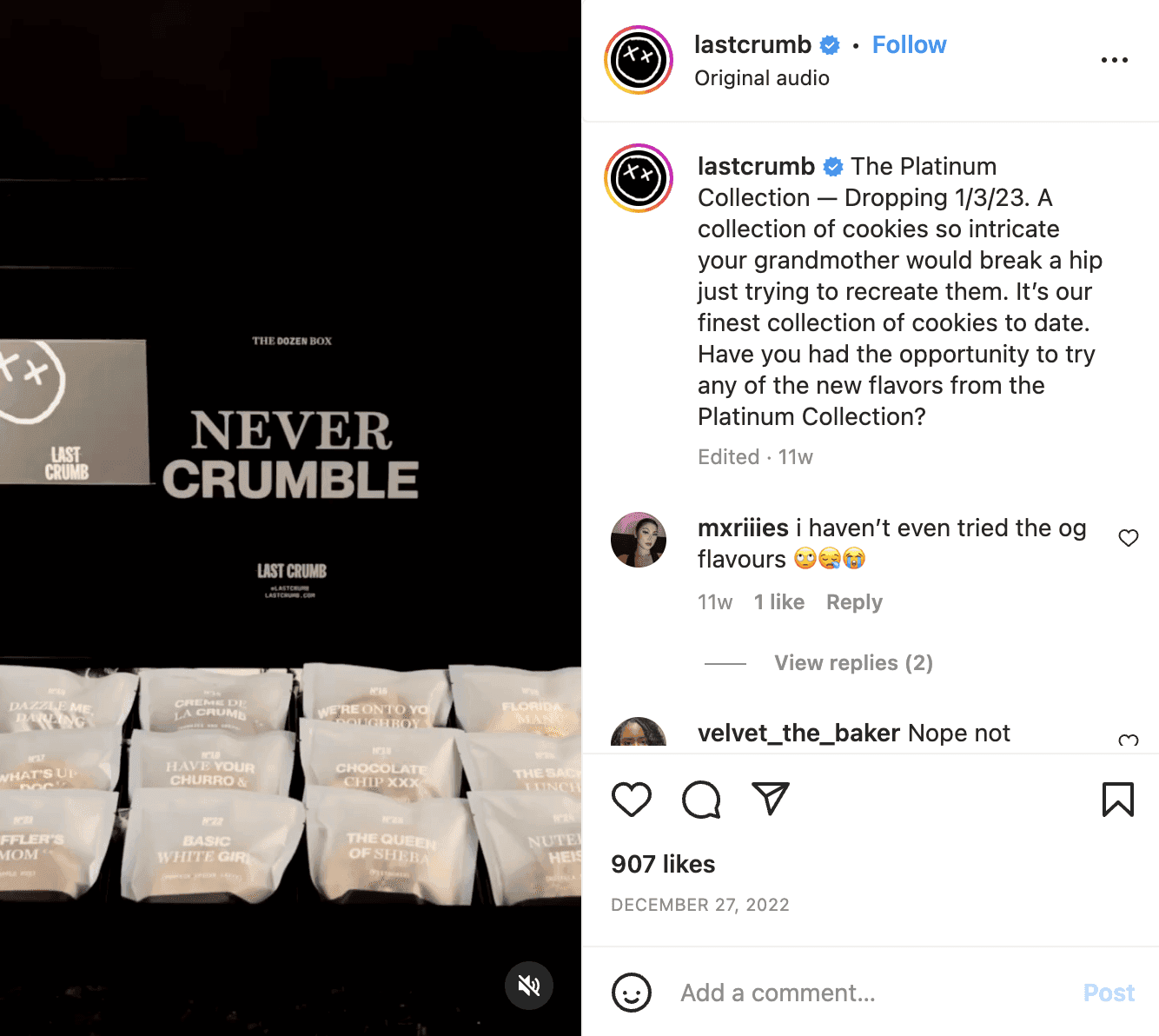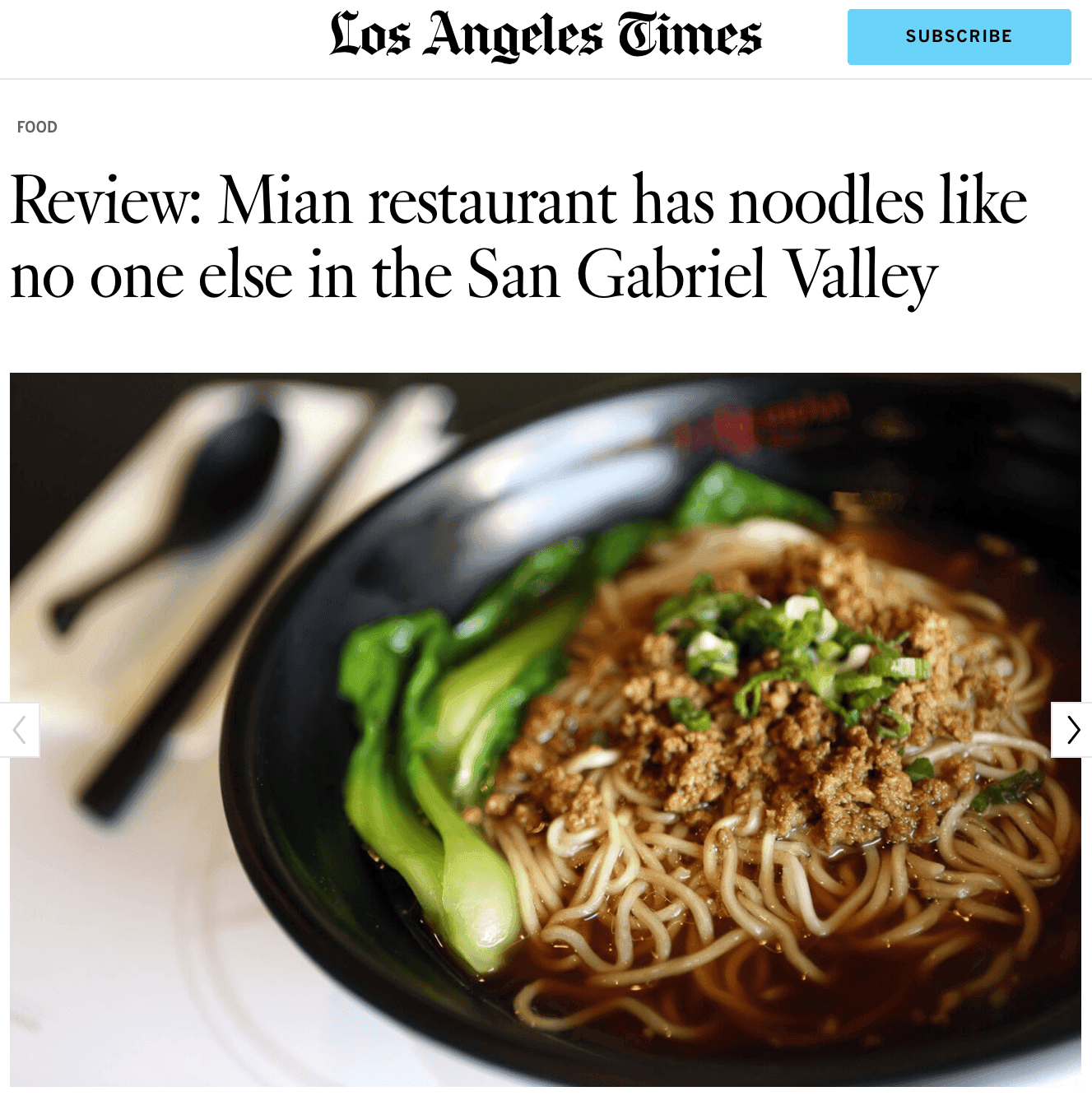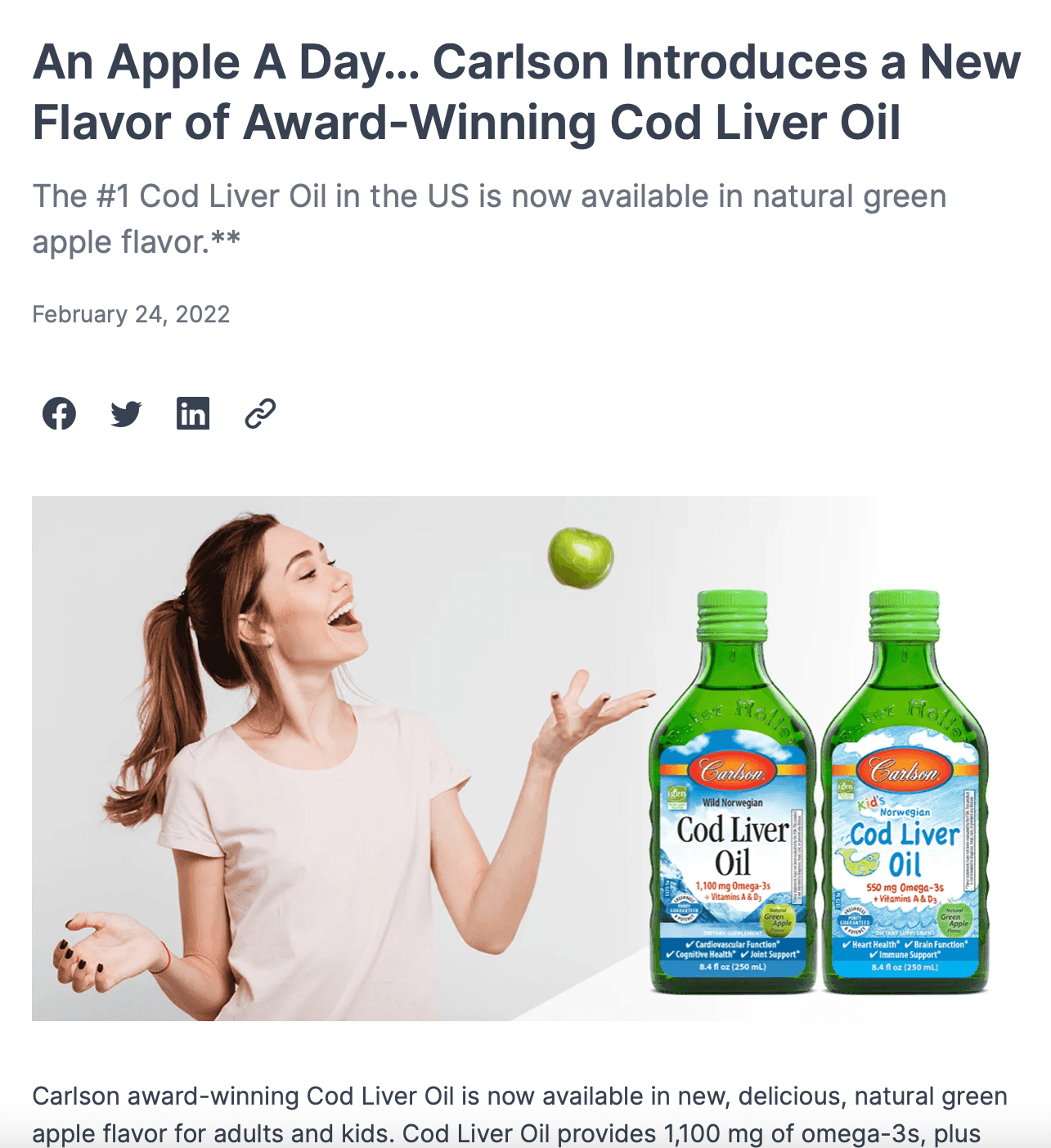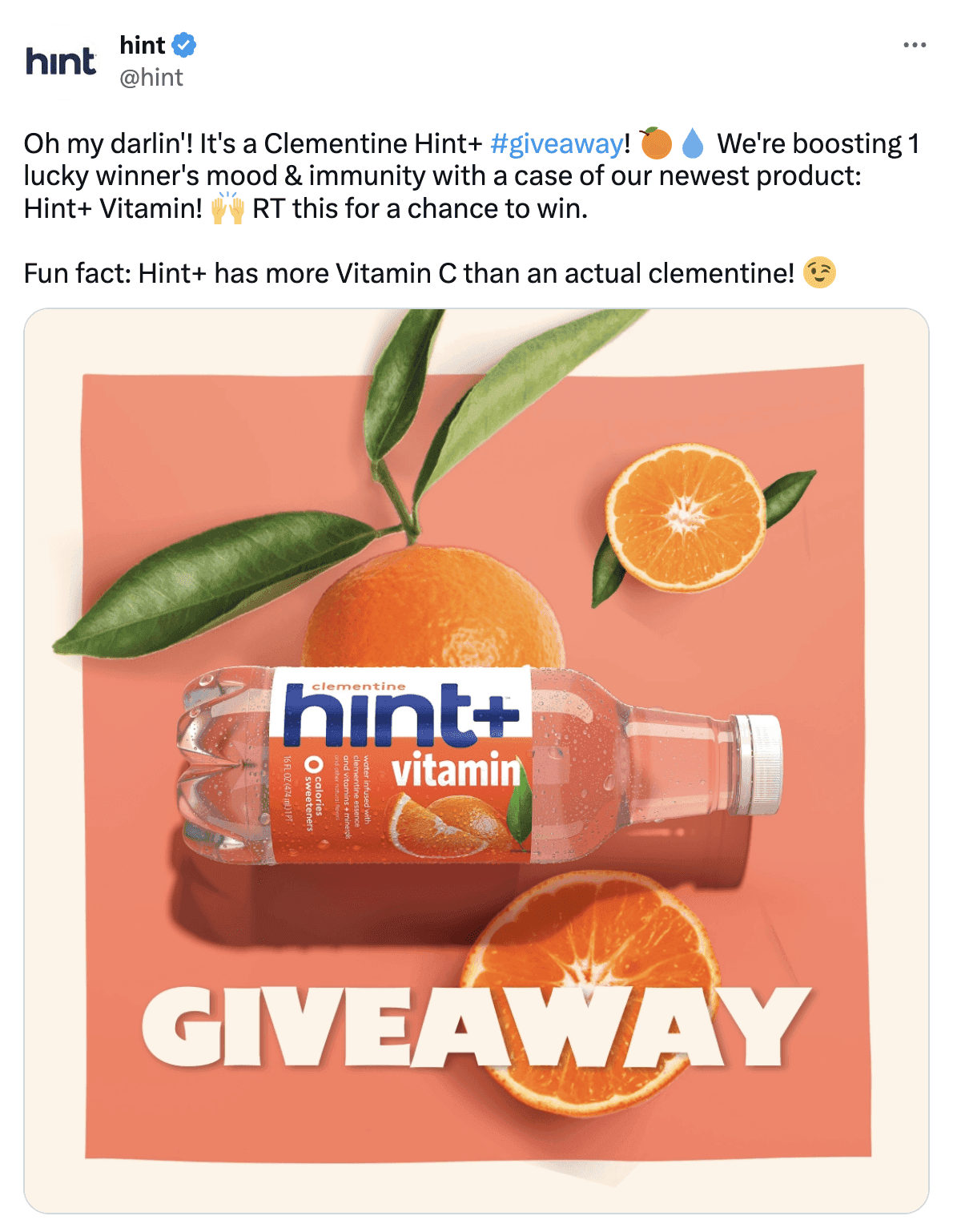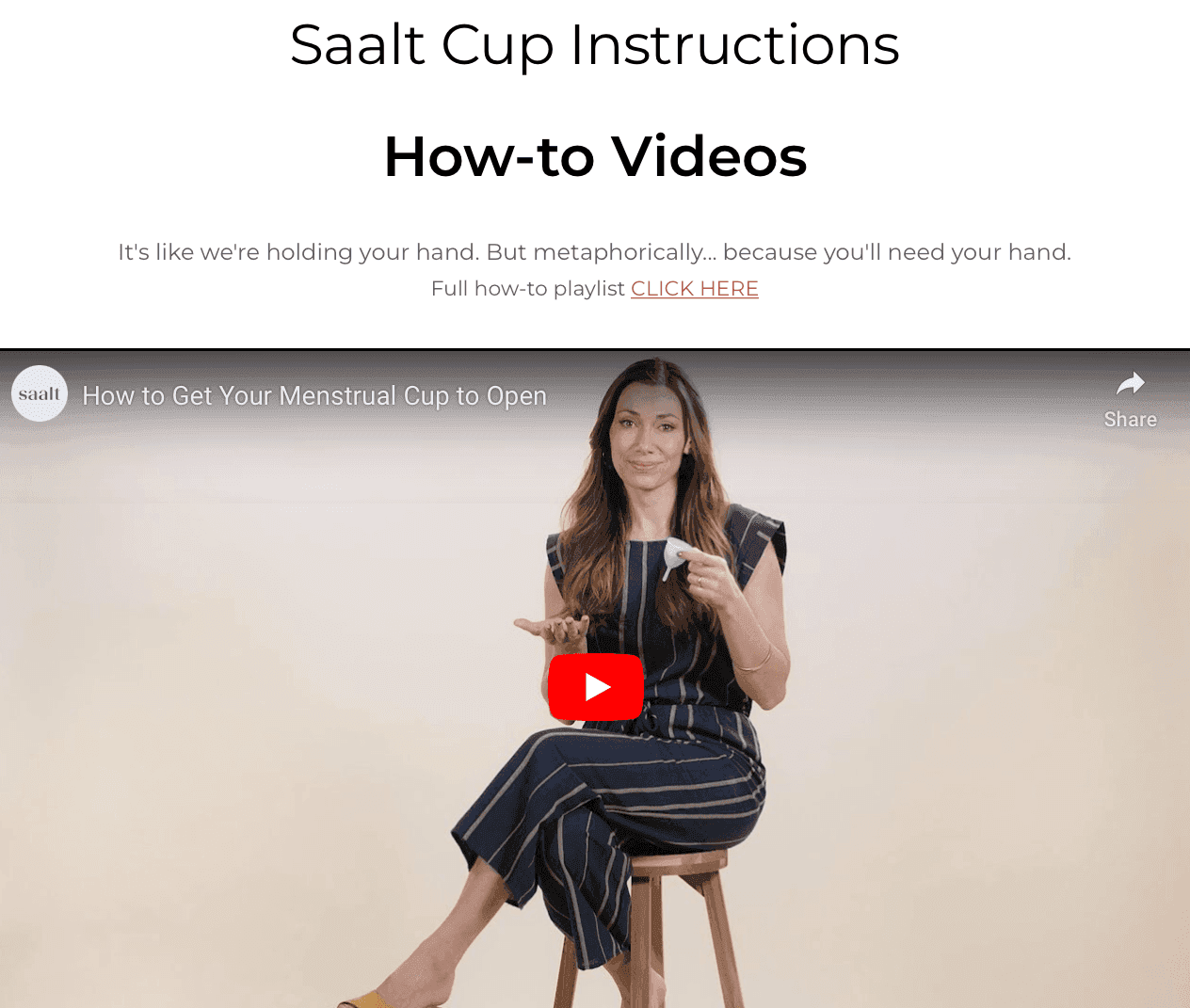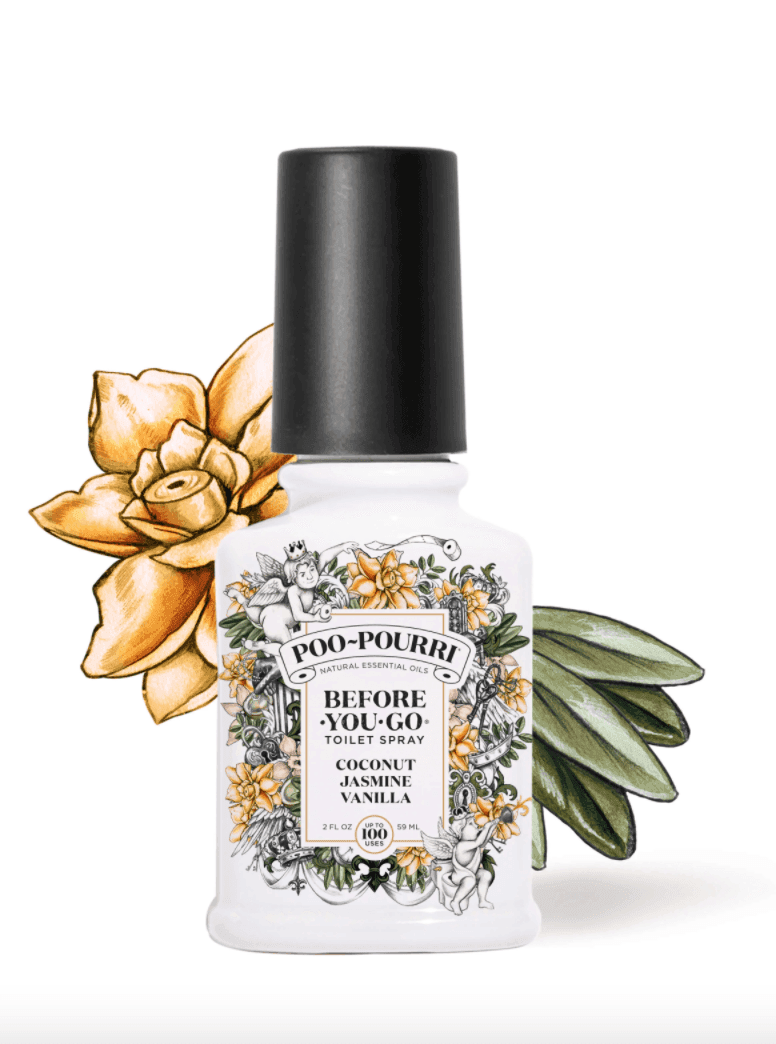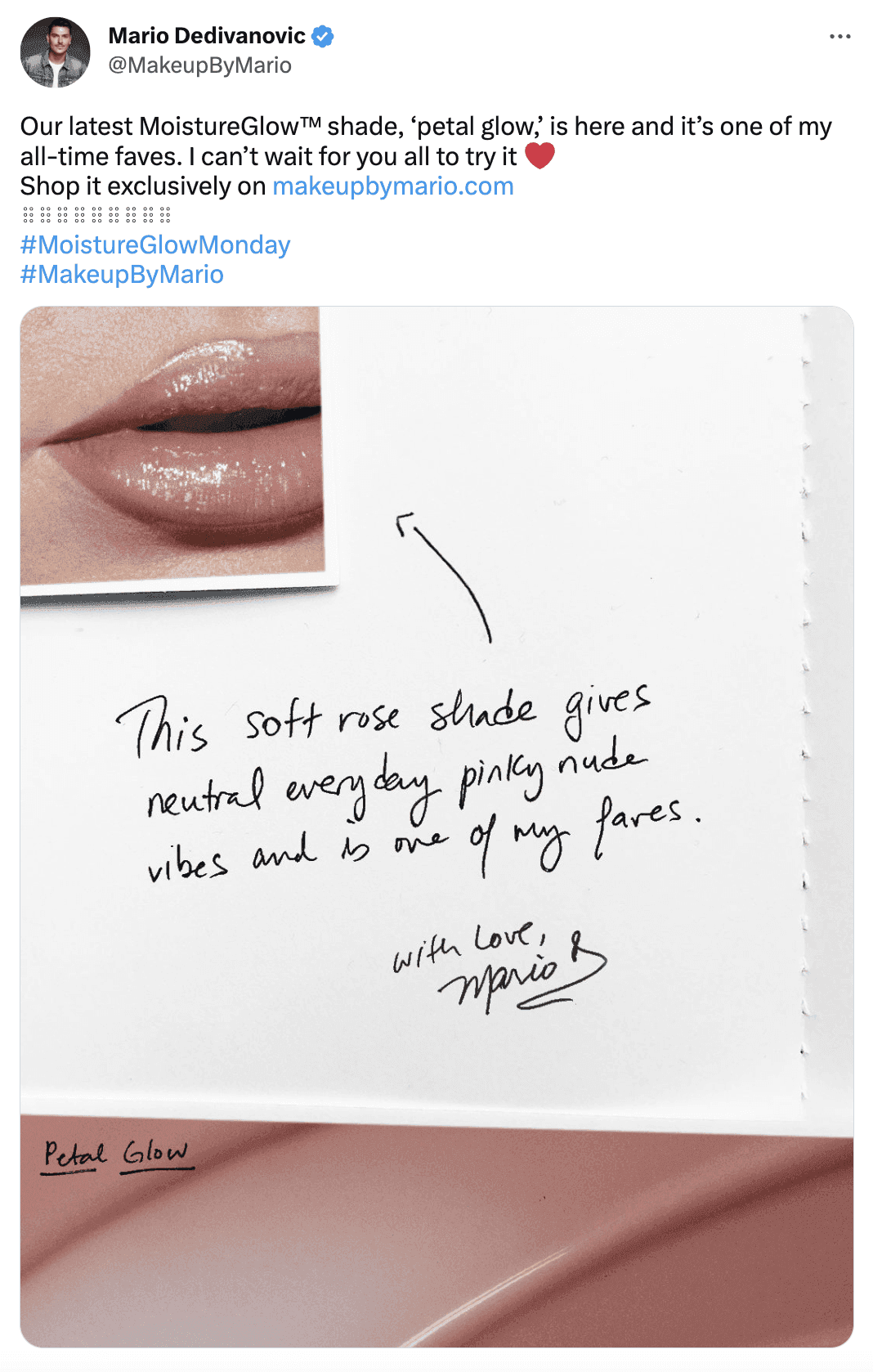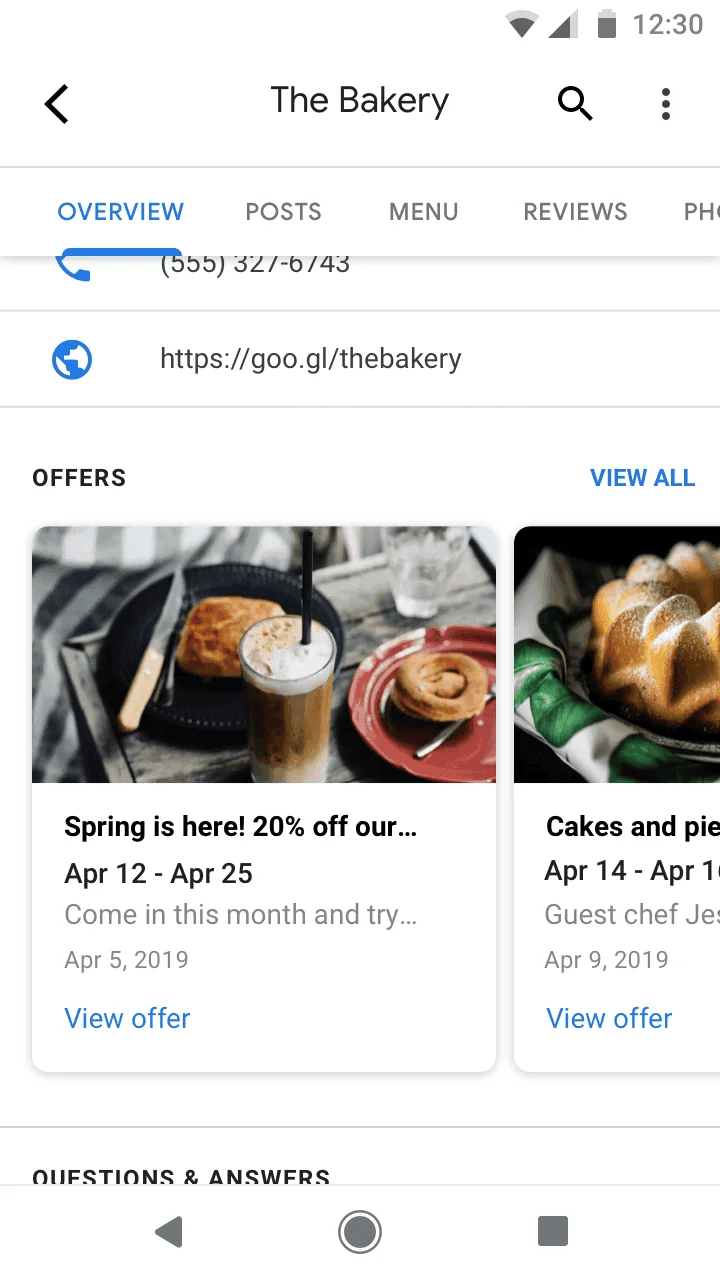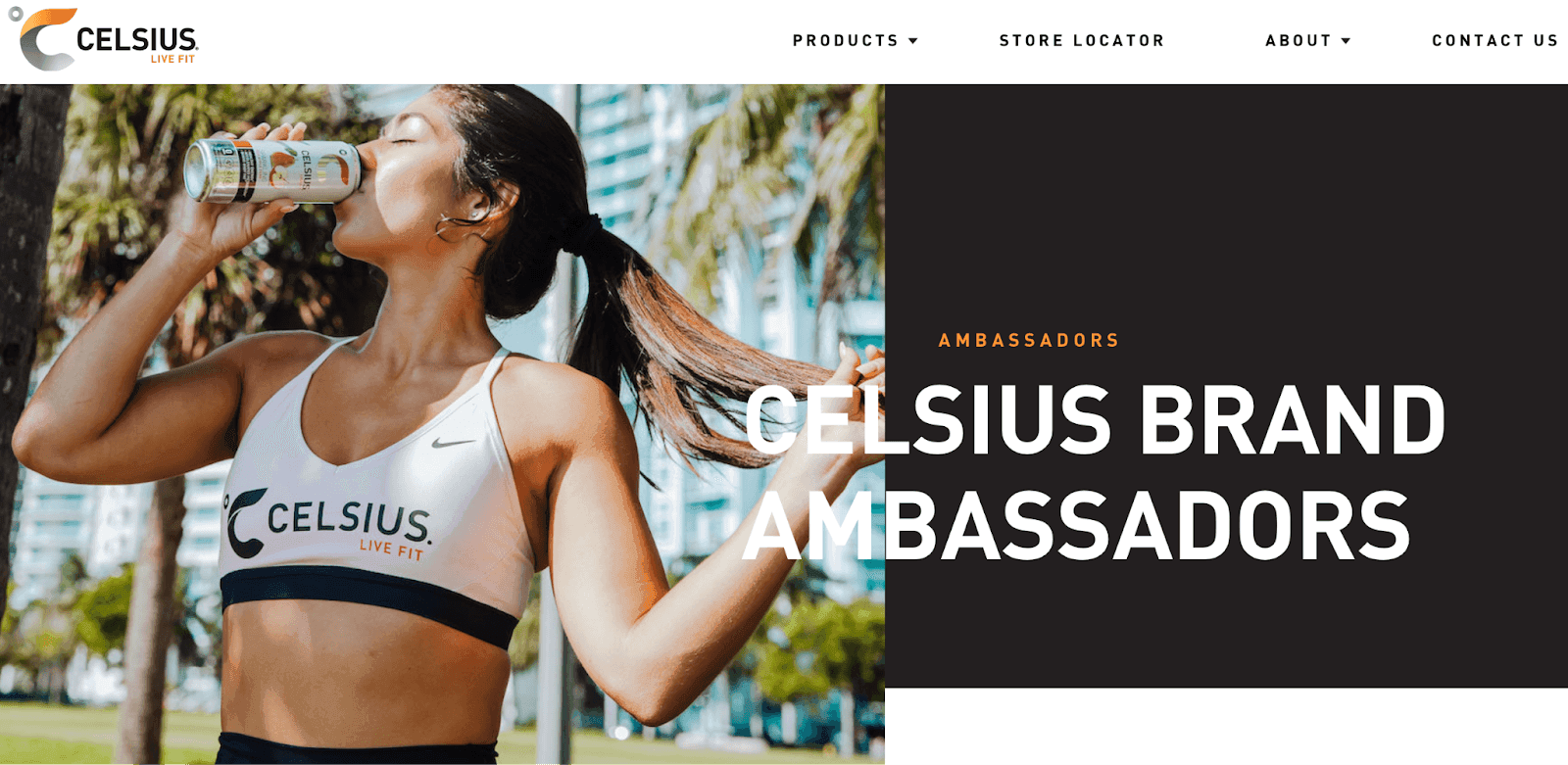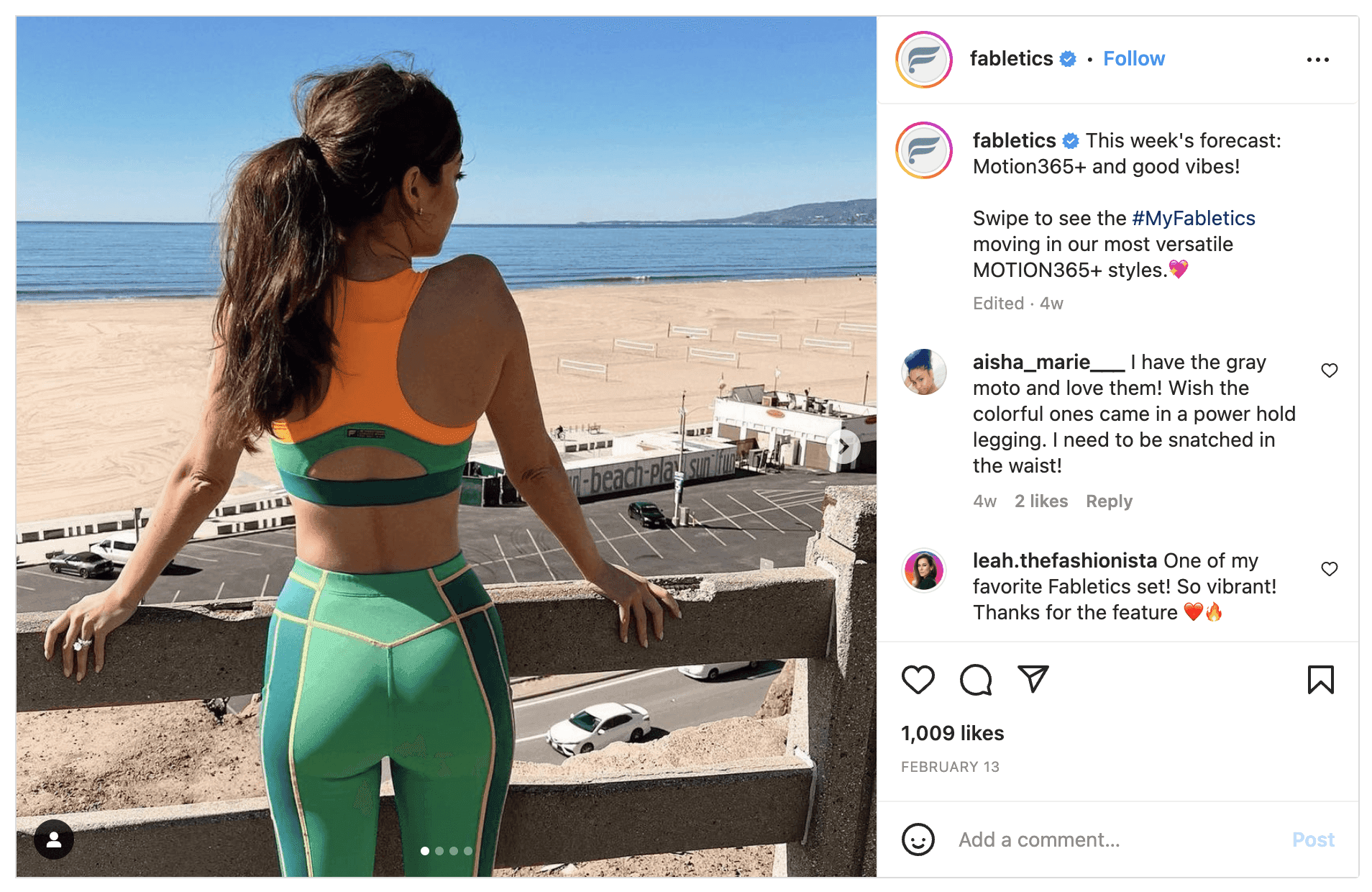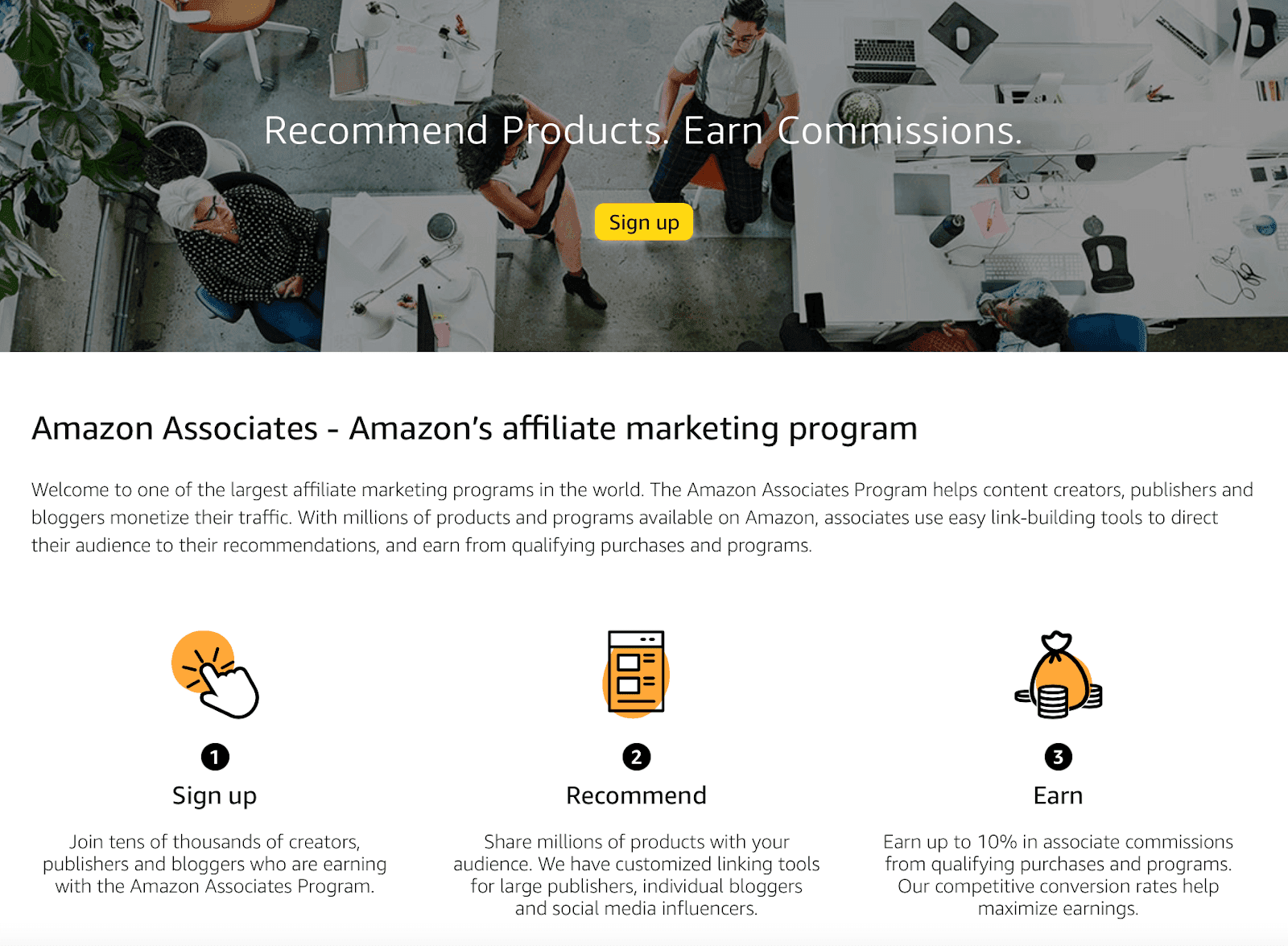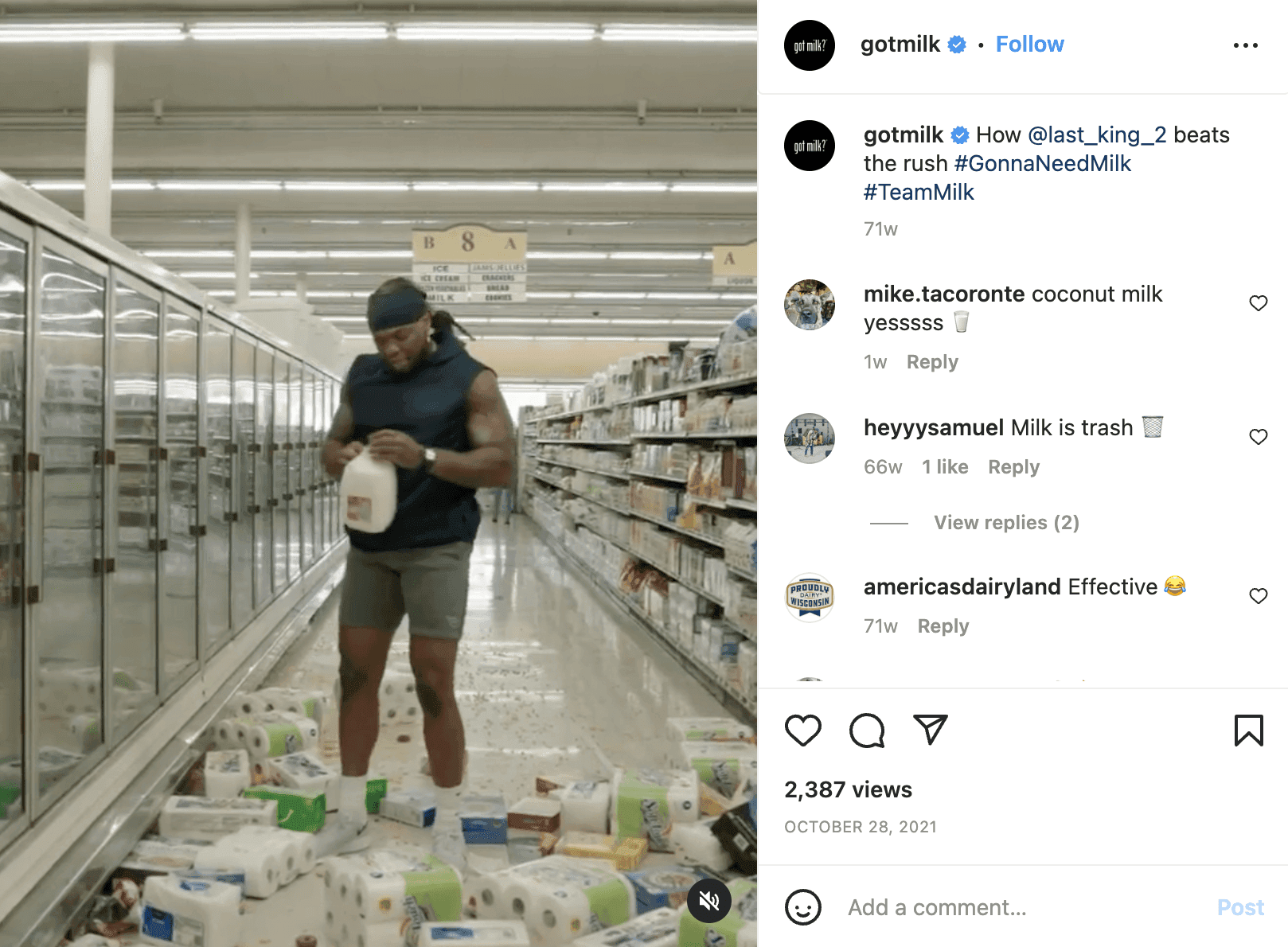Determining where, when, and how to market a product is a tricky task. But if done correctly, your perfect product positioning will create lifelong fans.
Use the following product marketing ideas to guide the promotion of a new product, generate buzz, and increase conversions.
Product Marketing
Product marketing is the process of bringing a product to market and overseeing its success. As part of the seven Ps of marketing, it is a vital component of a business’s overall marketing efforts.
Product marketing focuses on defining a product’s position, value proposition, and message to drive demand and sales. Therefore, it operates at the center of product, marketing, sales, and customer success teams.

Product marketing is the command center for all product launches. It answers:
- What is your product?
- Why do consumers need it?
- Why is it better than the competition?
- What are the main product messages that will be shared across channels?
- How will the company generate demand?
- How will the company attract new customers?
1. Offer An Exclusive Preview
Introduce an upcoming product to loyal customers through an exclusive preview. Stir the hype with a teaser email, pre-launch party, or product demo – Don’t forget to ask for customer feedback, too!
LA cookie company Last Crumb operates on a product model drop to build excitement and curiosity.
2. Address Customer Pain Points
Identifying consumer pain points and providing a solution creates a sense of customer relief, moves customers to action, and improves conversion rates.
Qdoba, for example, understands an additional charge for special add-ons, like guacamole or queso, is a pain point for customers. So, to address the issue, the company doesn’t charge “extra for the extras.”
3. Share Testimonials
Whether shared as a blog post or in an email newsletter, testimonials affirm credibility and build consumer trust. Los Angeles restaurant Mian was given an unbiased press review which verified good food and generated consumer buzz.
4. Add A Special Introductory Offer
Rather than simply announcing a new product, offer a special introductory deal alongside it. This offering can include:
- A Discount
- Double Loyalty Points
- Voucher or Coupon
- A Free Gift
- Reduced Rate Package
Highlight limited time or inventory to create a sense of consumer urgency and improve conversions.
5. Publish A Press Release
A press release can build a strong brand reputation, earn media coverage, and grow an online presence. But when launching a product, a press release is vital in providing product information, such as general use, technical details, and consumer advantages.
Carlson, for example, used a press release to announce its product line: green apple flavored liver oil.
6. Host A Giveaway
Host a giveaway on social media to bring in new prospects and push engagement. Instagram contests, for example, garner 3.5 times as many likes and 64 times more comments than an average post.
Fruit-infused water company Hint created a fun means of connecting to its customers by using a product giveaway to launch its newest water.
7. Record A Tutorial
Video marketing is a powerful tool that offers visual support for a new product. It shows the product in action, answers frequently asked questions, and convinces consumers why the product is important.
Saalt Menstrual Cups drive conversions by publishing instructional videos to educate consumers on how to use its product.
8. Focus On The Benefits, Not Features
Although intrinsically linked, consider product benefits and features separate entities. A feature describes what a product or service can do. A benefit shows how a product will change a consumer’s life.
While both are vital in a market, benefits use consumer emotion to emphasize intangibles and paint a picture of product success. Take Poo Pourri, a toilet spray that eliminates unpleasant bathroom odors. Rather than showing what the product can do, it focused on embarrassing situations the spray can save consumers from.
9. Pair Alongside Content Marketing
Perhaps your product isn’t necessarily new, it’s just upgrading existing features. In this case, re-engage dormant customers by releasing fresh content as a blog post or video.
Blendtec, a commercialized blender company, launched a series of videos to poke fun at its boring product. The “Will It Blend?” series tested various items in a blender to inject curiosity and humor into the product line while showing off its industrial features.
10. Retarget Existing Customers
A 5% increase in customer retention produces a 25% increase in company revenue. In other words, a rediscovered relationship directly translates to profit.
While customer service plays a vital role in retaining customers, marketing is also essential to address consumer needs and invoke feelings of brand loyalty.
Retarget existing customers by:
- Offering a discount
- Adding a complimentary gift
- Creating a custom campaign for dormant customers
- Cross-selling an additional product
- Recovering abandon carts
11. Use Social Media
Generate excitement for a new product by utilizing social media. Makeup By Mario uses Twitter as a channel to launch new products. The posts share photos, use hashtags, and include a call to action to boost customer engagement.
12. Offer A Complimentary Upgrade
Consider offering a complimentary upgrade for service-based businesses (i.e., a salon, automotive repair shop, fitness center, or consulting business). For hesitant buyers, it adds an incentive to purchase, and for repeat customers, it shows a token of appreciation.
13. Utilize Google My Business
Provided there is an existing Google My Business account, a product or service can be easily promoted through GMB. Begin by navigating to the Posts tab, then create an “Offer” or “What’s New” post. From there, add a product picture, a call to action, and FAQ.
14. Hire Brand Ambassadors
Brand ambassadors are paid individuals who represent a brand and advertise its products. Ambassadors spread positive messaging, promote trustworthiness, and influence consumer sales.
Fitness drink company Celsius uses brand ambassadors to share product love and promote a healthy lifestyle.
15. Go Live
The secret to engaging an audience? Instagram live.
Shoutout followers by name, share a product demo, answer questions, and reply to comments – all in real-time. It is an unedited, direct channel of communication that creates a personal connection.
16. Leverage UGC
Leverage user-generated content (UGC) to share free advertisements through customer advocacy and surge brand engagement. Fabletics’ customers share the love by using the hashtag #MyFabletics and posting on Instagram.
17. Add An Exit Intent Overlay
An exit intent overlay – a message that appears on the user’s screen before leaving a web page – is a second chance to engage with customers. Luggage brand Beis offers a “spin to win” to encourage consumers to stay on the site and complete a purchase.
18. Share Your Story
Use your company history to draw in a target audience, reveal company values, and show how customer needs built a foundation for your business. Storytelling is a powerful method to remind prospects they sit at the center of your business.
19. Create An Affiliate Program
An affiliate program is a partnership between a brand and an affiliate, where the affiliate agrees to promote a product for commission. It is low budget, with low effort, at a well-contained risk level, and guarantees a return on investment.
Under Amazon’s affiliate program – known as the Amazon Associate program – affiliates earn a commission each time someone makes a purchase through the affiliate link associated with their recommendation.
20. Partner With Influencers
A brand and influencer partnership strives to increase engagement, create a wider audience, and boost online sales. Additionally, influencers can share expertise on what content sits well with their audience.
In 2021, Got Milk? partnered with NFL star Derrick Henry to film him running through grocery store shelves to find milk. The collaboration was a success as it created content that reflected both ideals.
21. Create A Co-Branded Campaign
A co-branded campaign is a strategic alliance between two or more brands. It serves as an effective way to break into new markets, cross-connect audiences, and boost engagement.
Red Bull and GoPro, for example, teamed up for an epic collaboration in 2016. Both are action-packed lifestyle brands, and the partnership was a win-win for each company.



